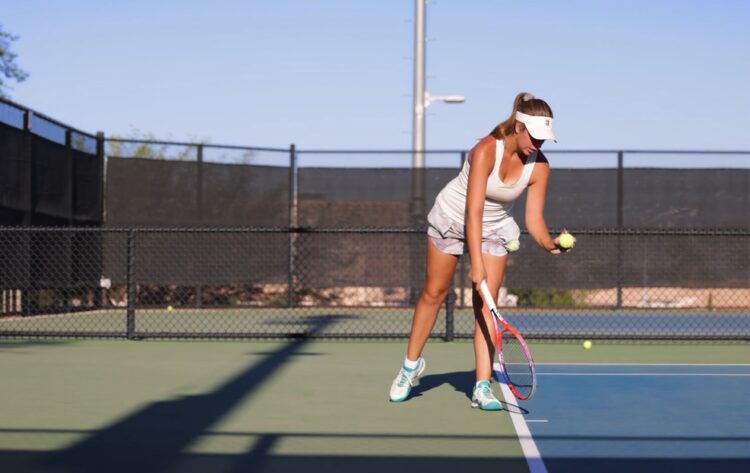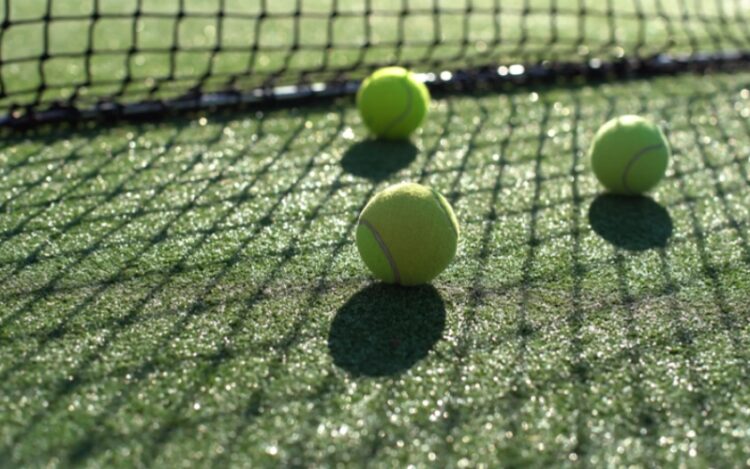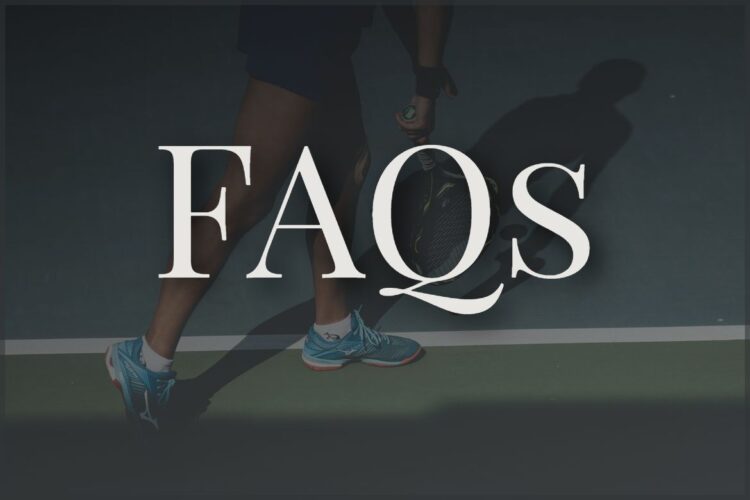Like other games, tennis has its own set of regulations to uphold the dignity of the game and limit unfair play.
There are several ways of playing a tennis match without any need actually to hit a ball; a walkover has become one of those methods.
The word ‘walkover’ is often used in tennis when a team wins due to another player being unable to appear in a match due to any cause, most particularly in illness cases.
Before going into detail please remember to wear
Walkover Definition
Why is/isn’t it a walkover?
A walkover occurs when a player wins a tournament without competing, and the rules for tennis competitions require a match to be played.
In tennis, a walkover is when a contest gets canceled without a previous 24 hours notification, or when a gamer faces an injury during the warm-up and can’t actually restore to finish the game, or when a gamer is more than 30 minutes late for the game with no justifications, then it could be considered a walkover victory for the other player.
If a player suspends a match, he becomes the loser even if his opponent does not play and therefore wins the match by default.
When it relates to tennis, walkovers are granted to competitors if their competitor does not turn up on time, except in administrative mistakes. They are given a victory, and they can also advance by earning league points.

The walkover policy was developed to help players stick to the game’s scheduled matches and provide a remedy if a game gets postponed at short notice to guarantee the ease of operation of the tennis league.
As per the US Tennis Association, “a player who defaults a match, retires, or is defaulted shall be deemed to have lost the match.” This rule still remains true today.
Although it’s unheard of for players not to participate if they’re too sick to play, it’s more likely to happen by the middle of a season. Successes on the court are focused on player skill and not due to their imposing appearance on the court.
Find some of the for your next tennis match.
What is the distinction between a walkover and a default?
In tennis, when a player doesn’t turn up to the games before it begins due to sickness or injury, their opponents are granted a walkover and given a victory and credit to pass on.
Walkovers often occur due to a player not being able to play the next game because of an accident that happened during warm-up. And even an administrative mistake can lead to a walkover; this occurs when the team is given a different time the match is supposed to start.
In this situation, the player is allowed to earn and bonus scores that have already been earned by the team previously, and in no circumstance should a player be awarded penalty points for any administrative errors.
If you fail to play for any excuse except sickness and injury, as well as committing a violation of the rules before or during the match, you will earn a penalty from the referees. Any assumptions can be made for a tennis player about lateness, breach of codes, and instant defaults.
Lateness section:
When a team comes late than 15 minutes after the appointed match time, he is expected to be either foreclosed or penalized; the penalty for this will include the loss of toss. If a player doesn’t turn up at all or is more than 15 minutes late, they will lose the game.
A competitor can default in a tennis match when he/she violates tennis laws and regulations. Some of the rule breaches in a tennis match involve: deliberately disrupting a game, noticeable abusive language during the match, refusing to follow a match’s official order, knowingly breaking a racket, and/or any of these factors may be grounds for having a default penalty.
In order to better track code violations, bad sportsmanship behavior, and help to ensure fairness, the (USTA) introduced a point penalty system. Upon code violation, the tournament administrator gives a warning to the offended player, and if the violation happens again, the player is punished.
Instantaneous default: this is given to a player instantly during a match if his competitor is hurt by aggressively tossing his racket or hitting a ball. Another explanation the player earns default items is because of bad sportsmanship behavior, physical attacks, etc.
A default may also be rendered due to a player’s bad results, such as arriving at the wrong place or checking in at the wrong moment.
In this form of competitive tournament matches, walkovers are quite necessary because they make it possible for individuals to progress to higher leagues.
Everything should be fair, and it’s not a negative thing for anybody if the next competitor doesn’t show up for another match that has already been planned.
The effect of a walkover on the preseason rankings of a player would be that the participant will earn points by round as well as the extra points that have accrued right before the first round of the walkover.
In contrast, the walkover competitor would receive points per round for progressing but didn’t offer any extra points. A player not playing the game due to an illness, accident, or various matters and an administrative mistake will not be punished.
Ranking Points
Players receive ranking points for each walkover win, just like in regular tennis. The amount of ranking points is different for ATP and WTA tournaments, but the principle remains the same: a player earns more ranking points for a walkover win in an ATP tournament than in a WTA tournament.
5 Players Who Have Received the Most Walkovers
1. Novak Djokovic
2. Roger Federer
Federer has received 14 walkovers in his illustrious career, which is more than any other player. This includes five first-round walkovers in the Wimbledon finals, four at the Australian Open, and three at the French Open.
3. Rafael Nadal
Nadal has also received a number of walkovers throughout his career. His most notable receiving came at Wimbledon in 2009, when he beat Nikolay Davydenko in the semifinals but was then beaten by Federer in the final. Nadal also received a first-round walkover at Roland Garros this year after losing to Stan Wawrinka in the quarterfinals.
4. Raymond Moore
Moore is a professional tennis player who has received twelve walkovers in his career. He has had to receive walkovers in many different tournaments, including the Australian Open, Wimbledon, and the French Open.
5. Ilie Nastase
Out of the 13 walkovers he has received, 10 came during his career as a professional. Nastase has also been awarded a walkover four times as a result of tie-breakers.
Summary

By now, you should have a complete understanding of the concept of a walkover in tennis. And in conclusion, walkovers in sports are laws that try to secure the tournament fair. Still, they also happen by actually rewarding a player with a victory without any of the match occurring since his/her competitor couldn’t turn up to the games for different reasons.
For tennis lovers, competing and winning is their goal. If you’re sweating it out on the court or if there are people around you who are practicing non-stop for the perfect swing.
Why not continue to inspire them? Give them a custom tennis medal from so you can add names, quotes, and even actions. Such a unique medal is definitely good encouragement for the athletes.
FAQs

1. Is a walkover victory equal to a win in tennis?
If a person doesn’t play, he isn’t a winner. Nor is he losing because the match didn’t even take place.
2. What does retire in tennis mean?
When the game is abandoned or one player withdraws, it is called “Retired” This situation can involve situations where a retiree cannot continue because of illness or injury. Leaves due to changes in schedule. The court was not scheduled for enough time to finish the match.
3. What is a walkover?
If a game has been established but postponed with far less than 24 hours, or if a participant is more than 30 minutes late without being able to justify the delay, it can be a walkover victory. The player whose opponent cancels is the loser and their competitor the winner.
4. What’s the meaning of Walkovers?
Walkovers are not really about relaying blame. There are plenty of legitimate excuses why a match can’t even take place. Instead, the walkover policy is intended to help the leagues work smoothly and ensure fair scheduling and offer a path ahead when a match has been postponed at late notice.
5. How many points does a walkover win contain?
A walk-over victory is worth two points. Yet, if you really are participating in one of the quick leagues, a point just earns you one point, not really the bonus point.





















































